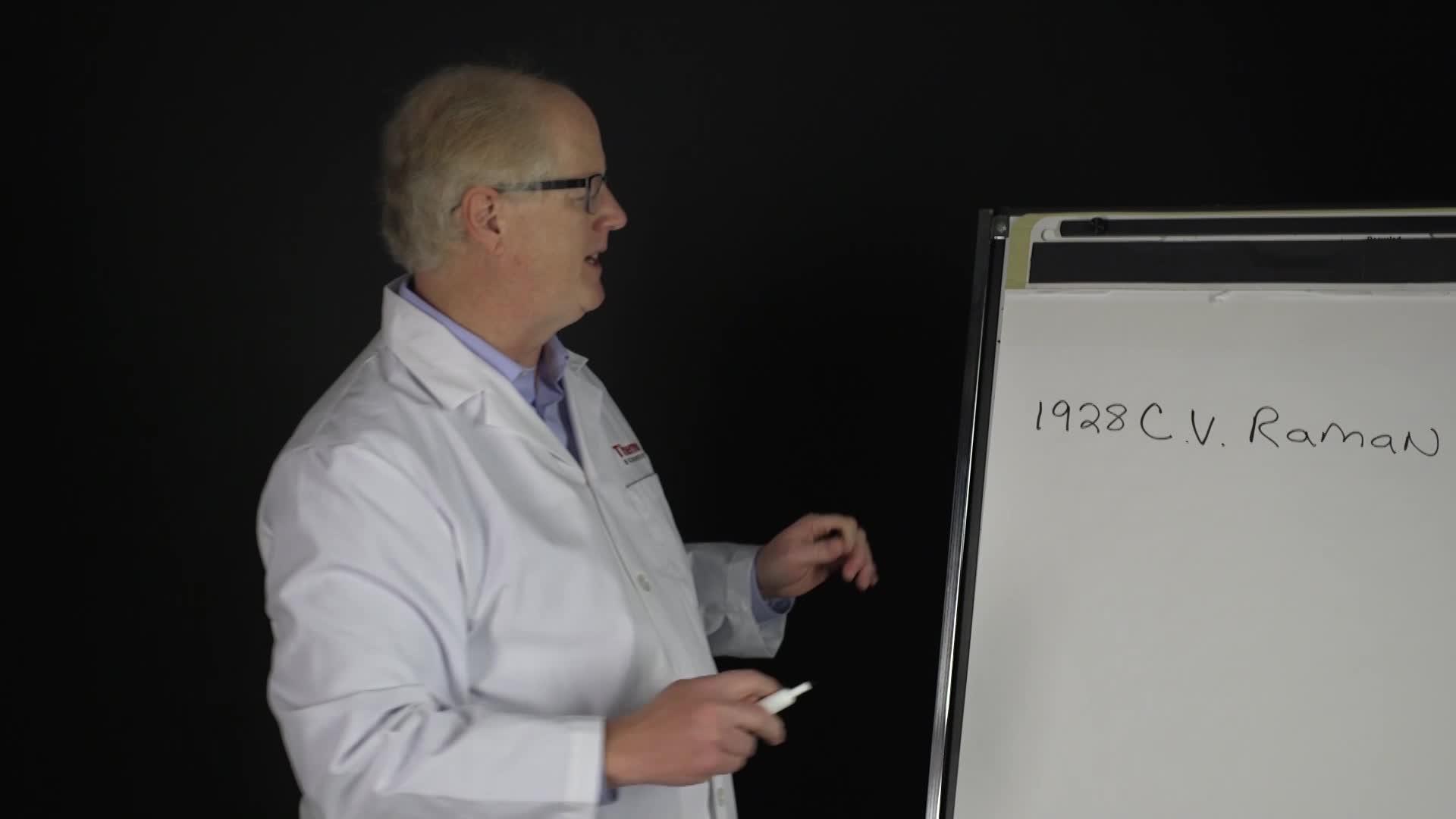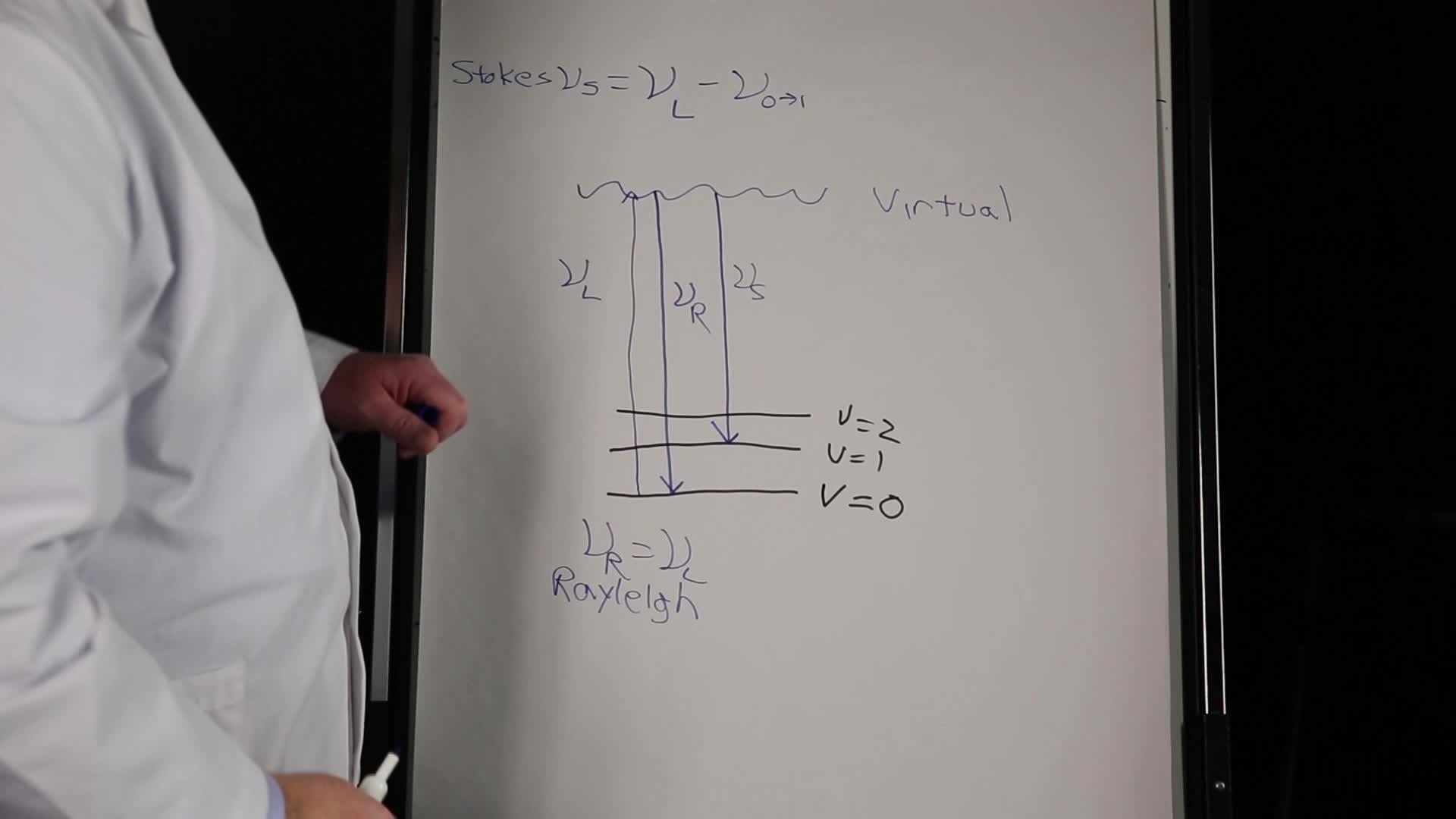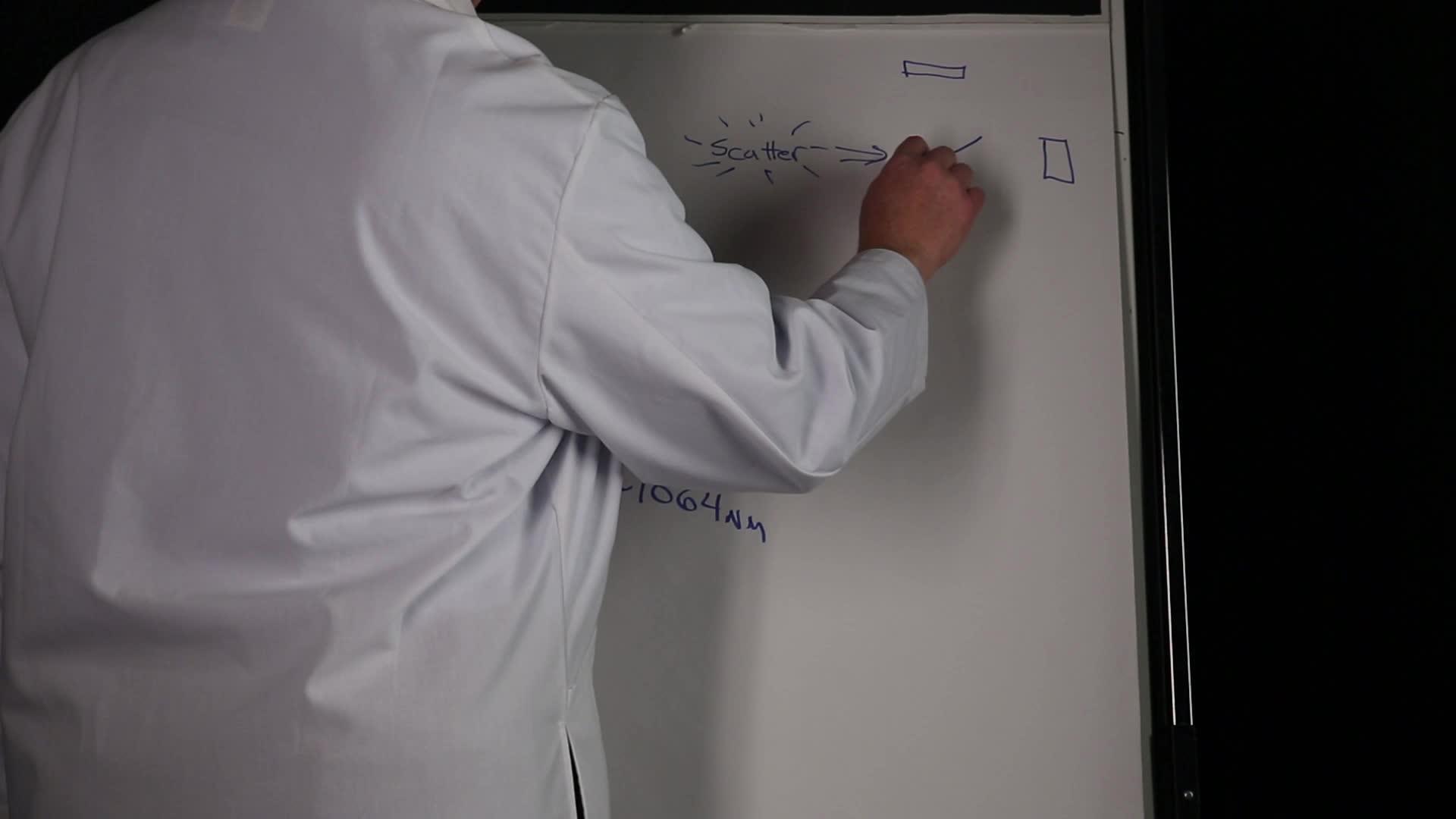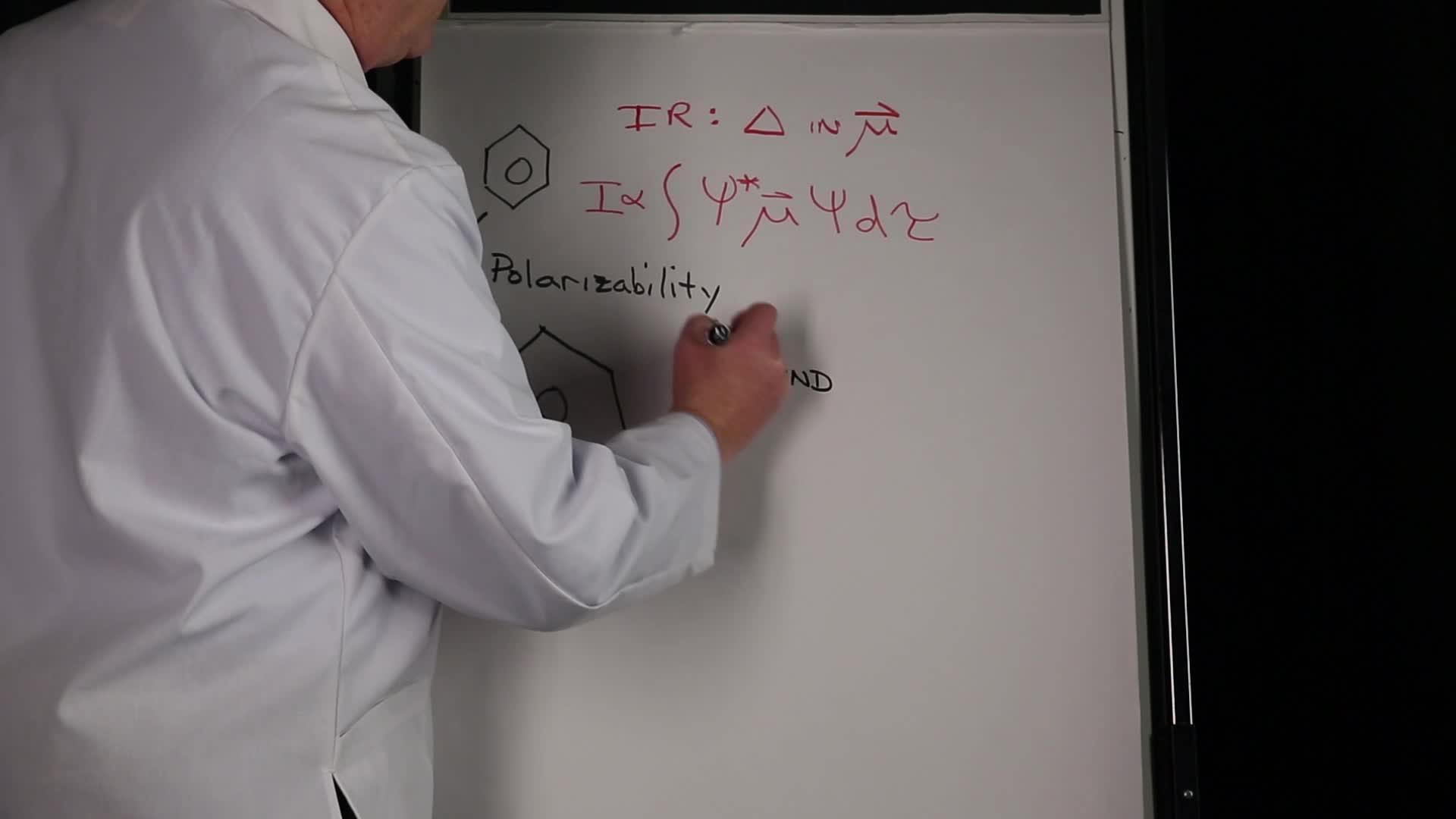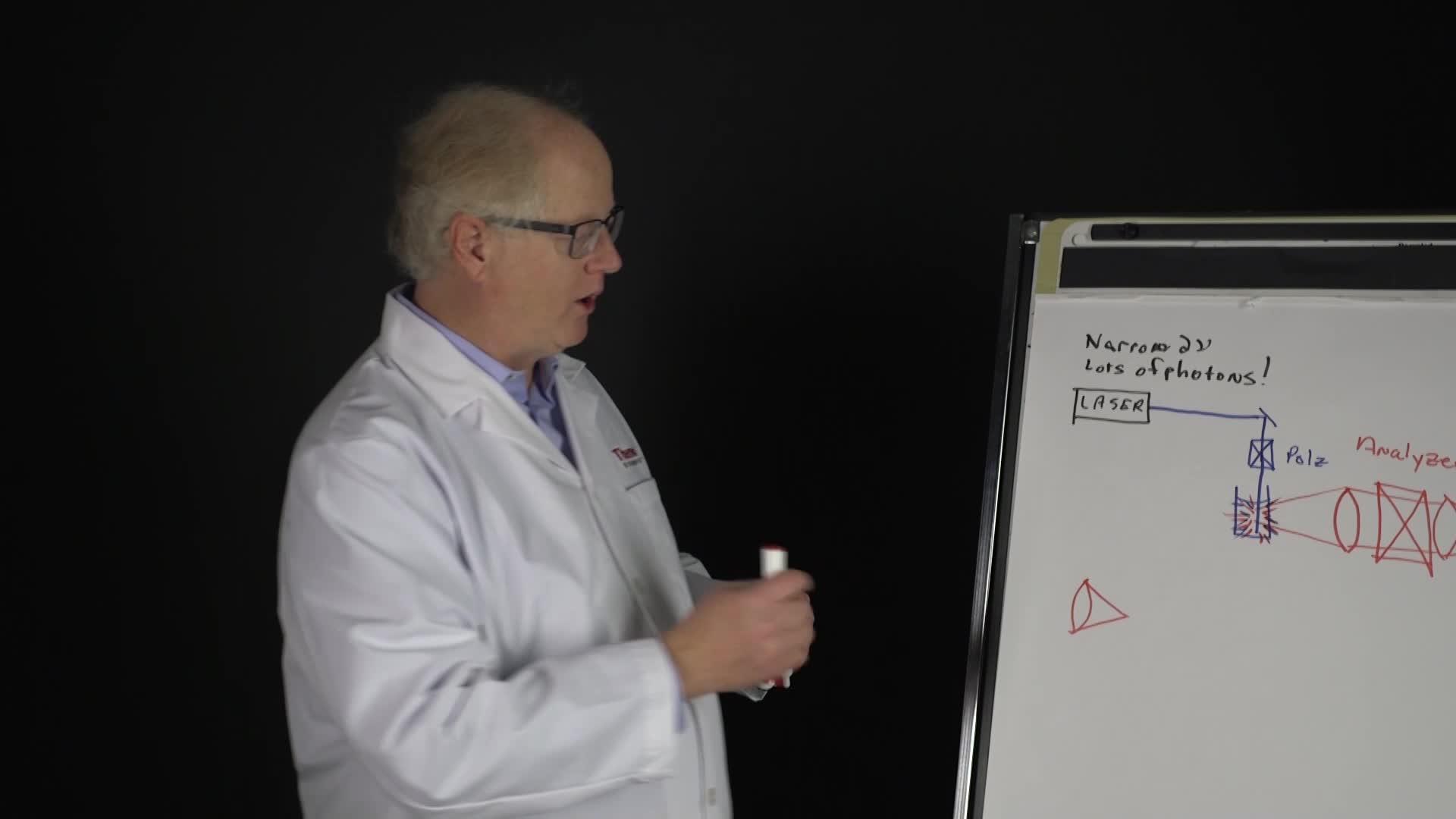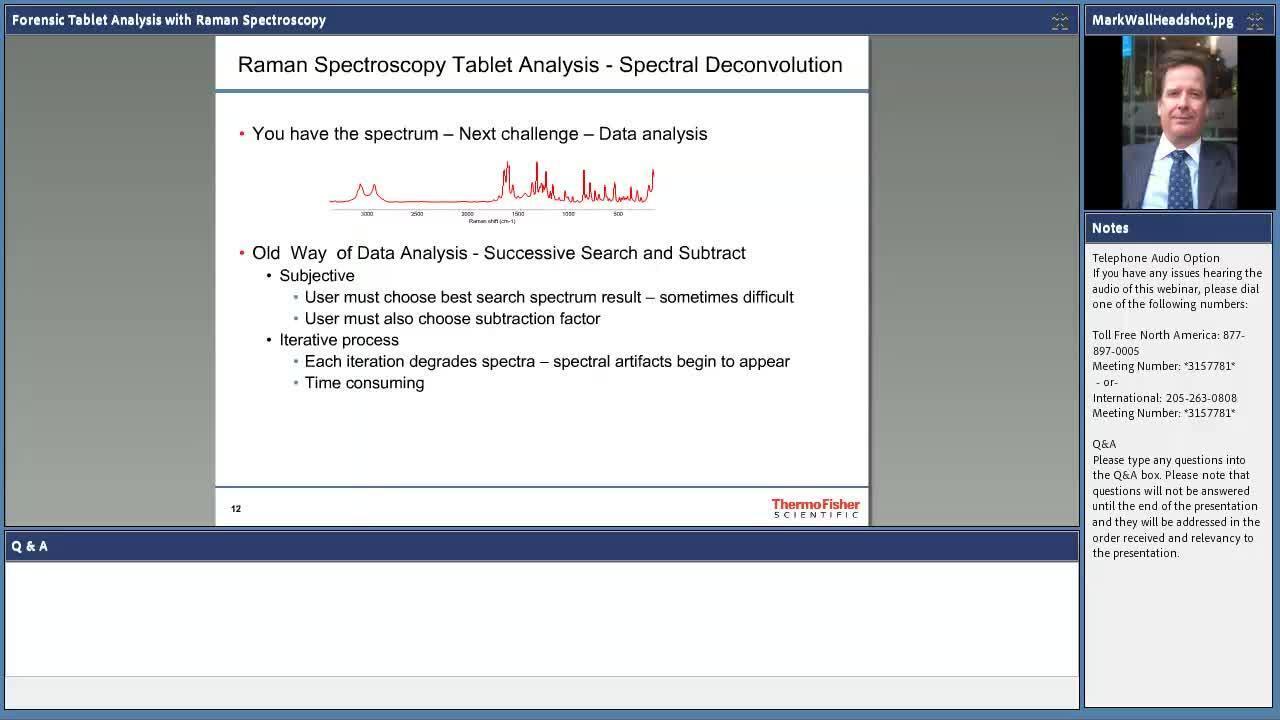
Raman Spectroscopy Academy
Learn the fundamentals of Raman spectroscopy and how you can apply this technology to your research, analytical and QA/QC activities. Find basic Raman tutorials, advanced Raman webinars on sample applications, and a helpful instrument guide to build your confidence in Raman spectral analysis.
In Raman spectroscopy, an unknown sample of material is illuminated with monochromatic (single wavelength or single frequency) laser light, which can be absorbed, transmitted, reflected, or scattered by the sample. Light scattered from the sample is due to either elastic collisions of the light with the sample's molecules (Rayleigh scatter) or inelastic collisions (Raman scatter). Whereas Rayleigh scattered light has the same frequency (wavelength) of the incident laser light, Raman scattered light returns from the sample at different frequencies corresponding to the vibrational frequencies of the bonds of the molecules in the sample.
Raman spectroscopy tutorials
Here you will find video tutorials from our very own Professor, Mike Bradley.
Raman spectroscopy basics
Examine the roots of Raman spectroscopy. Starting with energy levels, we walk through excitation, scattering and interferences.
Fluorescence interference in Raman spectroscopy
A discussion of why we offer multiple lasers and how FT-Raman helps avoid fluorescence.
Raman spectroscopy theory
Examine the fundamentals of Raman – including dipoles versus polarizabilities.
Polarization in Raman spectroscopy
Learn how using a polarized laser and analyzer can tell you even more about the molecule.
Raman spectroscopy instrumentation
Combining what we’ve learned so far, we can now build a Raman spectrometer!
Applications of Raman spectroscopy
Now see how you can use Raman spectral analysis by watching webinars on specific Raman applications.
For Research Use Only. Not for use in diagnostic procedures.
